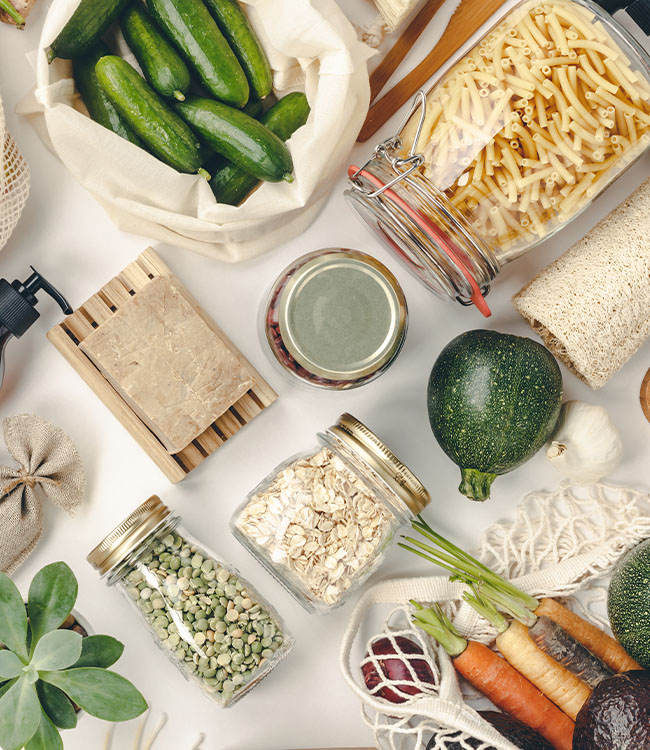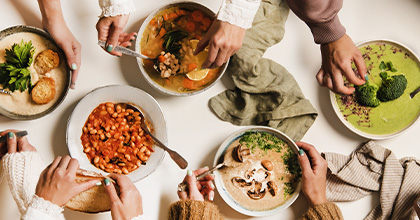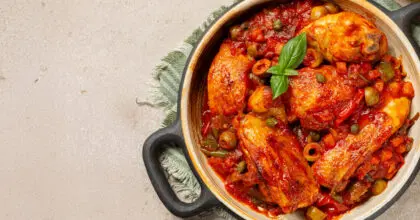Cut the alcohol, keep the taste? How carbonated soft drinks are targeting the alcohol abstaining consumer
Whether it be to raise money for charity or to fight the prolonged Christmas hangover, cutting out alcohol for a month is a welcome option to many. Although soft drinks have gained bad press and negative stereotypes, for some health conscious individuals and those steering clear of alcohol, they serve as a welcome alternative.
Carbonated soft drink manufacturers are recognising the opportunity to appeal to abstaining consumers with flavours that mimic alcoholic beverages. The complex ingredients used in some cocktails also help to broaden flavour innovation horizons beyond traditional soft drink varieties of cola, cherry and lemon-lime.
For those who use soft drinks as alternatives for drinking alcohol, the options are growing, especially in Europe. Innovations in flavour, such as herbal and botanical flavours are becoming more popular, appealing to more sophisticated tastes. As well as this, markets such as Germany and Spain have seen rising popularity and increasing innovation in non-alcoholic beer. Meanwhile, carbonated soft drink makers have become more direct with flavours and packaging that mimic alcoholic beverages appealing to those specific occasions when consumers want to appear or at least feel like they are drinking alcohol.
When it comes to alcohol substitutions, in some European countries, the demand is stronger away from home, reflecting a need to have alternatives that fit the range of formal and informal occasions during which alcohol might be consumed.
Four in 10 European consumers think that bars, pubs and restaurants should make carbonated soft drinks more visible to customers
There are a significant number of European consumers who drink carbonated soft drinks out of home instead of alcohol. Italian consumers are more likely than other surveyed Europeans to drink carbonated soft drinks as an alternative to an alcoholic drink in a bar, pub or restaurant, at 23%. This is closely followed by Spain at 22% and Germany at 20%.
Although not as likely, consumers are trading alcohol for carbonated soft drinks in the home as well. German consumers are most likely to drink carbonated soft drinks as an alternative to an alcoholic drink at home (18%), closely followed by Poland at 16% and Italy at 15%.
However, consumers feel that when drinking out of home, more can be done to target those who do not drink. Around four in 10 European consumers think that bars, pubs and restaurants should make carbonated soft drinks more visible to customers, with this rising to 55% of French consumers. This suggests that swapping alcoholic beverages for soft drinks during out-of-home occasions could increase if promotion and awareness improved in bars, pubs and restaurants.
Looking to shake up the carbonated soft drink market are alcohol-inspired soft drink flavours, products with mojito, pina colada and aperitif flavours allow those abstaining to still enjoy the tastes to which they are accustomed. According the the World Health Organisation, adults aged 15+ in Germany and Spain are more likely to be former drinkers, rather than lifetime alcohol abstainers and therefore potentially more likely to want what they once had.
Japan is one market with a lot of activity in alcohol-inspired soft drink flavours. Interestingly, the leading carbonated soft drink manufacturers also lead in the alcoholic drinks category. This overlapping of business is showcased in the range of alcoholic inspired non-alcoholic soft drink flavours available, such as Asahi 0% Alcohol Rum & Cola Flavour Drink, Suntory Light Rose Wine Non-Alcohol Cocktail Drink and Kirin Aromatic Grape & Hop Carbonated Drink.
The opportunity also expands beyond countries where alcohol consumption is being reduced, to those where alcohol is not commonly consumed, often for religious or societal reasons. In Thailand, for example, 70% of the population do not drink alcohol. Specifically, nearly 60% of Thai adults are lifetime abstainers from alcohol, meaning products that mimic cocktails might be their only experience with these flavour combinations. However, there are concerns that cocktail-inspired soft drinks might introduce consumers younger than the legal drinking age to alcoholic flavours.

Jenny Zegler is the Director of Food and Drink at Mintel.
-
 Discover your next big breakthroughGet smart fast with our exclusive market research reports, delivering the latest data, innovation, trends and strategic recommendations....View Reports
Discover your next big breakthroughGet smart fast with our exclusive market research reports, delivering the latest data, innovation, trends and strategic recommendations....View Reports -
2026 Global PredictionsOur Predictions go beyond traditional trend analysis. Download to get the predictive intelligence and strategic framework to shape the future of your industry in 2026 and beyond. ...Download now
-
Are you after more tailored solutions to help drive Consumer Demand, Market Expansion or Innovation Strategy?Ask for a customised strategic solution from Mintel Consulting today....Find out more































